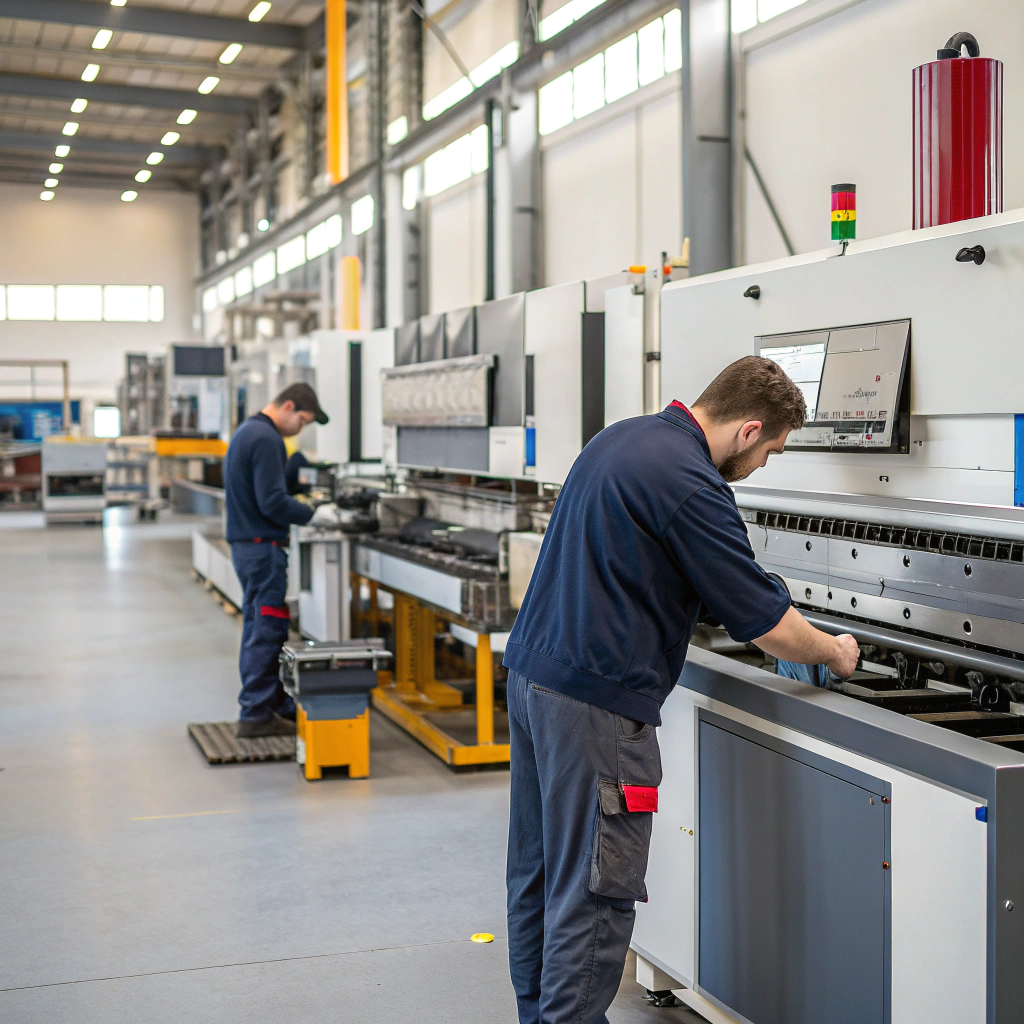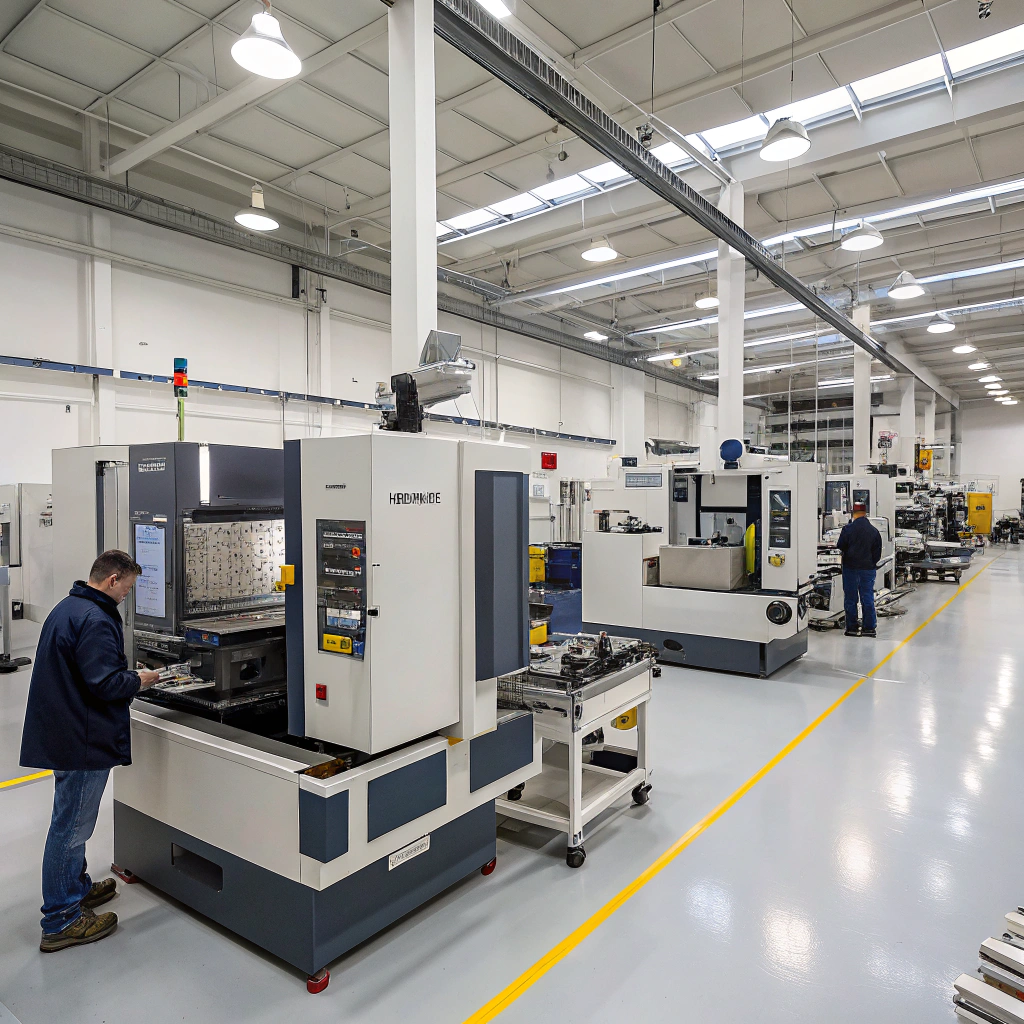What makes a good OEM bending services company?

I used to think finding a bending supplier was simple—just get the best price. That changed when a batch of bent profiles arrived out of spec and delayed an entire assembly line. Since then, I’ve learned what really makes a good OEM aluminum bending partner.
A good OEM bending services company delivers consistent quality, safeguards your design, supports your production process, and grows with your business needs.
It’s more than just equipment—it’s about systems, people, and long-term reliability.
What quality systems should OEM bending partners have?
When I look for a bending partner, their quality management system tells me almost everything I need to know. It shows how they work, how they think, and how well they’ll protect my brand.
OEM bending partners should have structured quality systems including ISO certification, inspection protocols, documented change control, and traceability across every production step.

Here’s what I always check before I trust any supplier:
ISO Certification
I start by asking for ISO 9001 certification. If they can’t show it, I worry they don’t have control over their processes. For auto parts, I might even look for IATF 16949. These certifications show they follow internationally accepted standards.
Document Control and Process Flow
They should have clear documentation for every process step—setup, inspection, packing. Every drawing revision must be tracked. If they’re working from the wrong version, my parts will be wrong too.
Inspection and Testing
I expect incoming material checks, in-process angle and tolerance checks, and final inspection before shipping. If they don’t use calibrated gauges and inspection tools, I can’t trust their measurements.
Change Management
If something changes—a material spec, a tool adjustment—I need to know. A proper Engineering Change Notice (ECN) system ensures I’m not surprised later.
Training and Qualification
Operators and inspectors should be trained. They should know how to set up bending equipment, identify defects, and check critical dimensions.
Nonconformance and Corrective Action
If parts don’t meet spec, I expect a fast and clear response: what’s wrong, how they’ll fix it, and how they’ll prevent it next time.
| Quality Element | What It Does | Why It Matters |
|---|---|---|
| ISO 9001 | Establishes process control | Ensures repeatable quality |
| Inspection Plan | Defines critical dimensions | Prevents deviation |
| ECN System | Tracks product changes | Avoids miscommunication |
| Calibration Log | Verifies tool accuracy | Trusts the measurements |
OEM bending partners should have ISO 9001 certification and structured inspection processes.True
OEM buyers expect consistent quality. ISO systems help ensure process control and traceability.
Inspection and quality control are optional for aluminum bending companies.False
Inspection is essential for OEM work. Without it, part quality and repeatability cannot be ensured.
How do OEM bending firms manage confidentiality and IP?
When I send drawings to a supplier, I’m not just sharing a shape—I’m sharing business strategy. If they leak it, copy it, or give it to someone else, I lose more than money.
OEM bending firms protect intellectual property through NDAs, secure file systems, limited access protocols, and clear contractual ownership of designs and tooling.

Here’s how I make sure my ideas stay mine:
NDA (Non-Disclosure Agreement)
Before I send any files, I require a signed NDA. It must cover all design files, drawings, specs, and even process suggestions. It should stay in force long after the project ends.
IP Ownership in Contracts
The contract must clearly say I own the design, and any tools or dies made for my parts. If the supplier suggests changes, that’s fine—but I still want the rights.
File Access Restrictions
I prefer partners who use internal file control systems. Only the engineers or operators working on my part should access my drawings. Not the entire shop.
Digital Security
They should store files on password-protected systems, with backup protocols and no uncontrolled file sharing. Some even use watermarking to track leaks.
Physical Access Limits
I’ve seen good suppliers separate customer-specific tooling and dies, sometimes even locking them up. If visitors tour the shop, they shouldn’t see my parts or jigs.
OEM aluminum bending partners must protect customer IP through contracts and secure data handling.True
OEM designs are strategic assets. Suppliers must safeguard them with NDAs, limited access, and ownership clauses.
It’s acceptable for a supplier to reuse customer bending designs for other clients.False
Unless explicitly agreed, reusing designs breaches trust and possibly legal rights.
What support do OEM bending companies offer post-delivery?
A real partner doesn’t disappear after they ship your parts. I’ve worked with suppliers who vanished after delivery—and others who helped me solve unexpected issues, even months later.
Post-delivery support from OEM bending companies includes warranty service, defect resolution, technical troubleshooting, tooling maintenance, and support for design revisions.

Here’s what I expect after delivery:
Warranty and Replacement
If parts arrive bent wrong, scratched, or out of tolerance, I expect a clear return process, replacement, and analysis of the problem. A good supplier doesn’t argue—they act.
Defect Handling and Reporting
They should document the issue, identify root cause, and show me what they’ve changed so it won’t happen again. I want to see real corrective action, not just a replacement.
Technical Support
If I change the mating part, or a bend no longer fits, I often need fast advice. A good supplier gives me a call back with ideas—not silence.
Revision Management
Designs evolve. A good supplier helps me update drawings, adjust tooling, and smoothly transition from Rev A to Rev B.
Tooling Storage and Maintenance
For parts that require custom jigs or dies, I expect the supplier to store them properly and maintain them between runs. That ensures every repeat batch is consistent.
| Post-Delivery Feature | What It Solves | Why It Matters |
|---|---|---|
| Defect Replacement | Handles production errors | Protects your schedule |
| Tooling Maintenance | Prevents wear and variation | Ensures consistency |
| Technical Troubleshooting | Fixes fit issues | Keeps assembly smooth |
| Drawing Revisions | Updates specs safely | Avoids confusion |
Post-delivery support from OEM bending companies includes defect handling, replacements, and technical guidance.True
Good suppliers help resolve issues quickly and support design changes or future batches.
OEM bending companies are not responsible for part problems after delivery.False
Responsibility extends beyond shipping. Warranty and ongoing support are part of good OEM service.
What makes a good OEM bending services company?
After all these projects, I’ve built my checklist for choosing the right partner. Price matters—but it’s not even in my top three anymore.
A great OEM bending company has strong technical skills, excellent quality control, IP protection systems, and a commitment to support you throughout the product lifecycle.

Here’s my shortlist:
1. Technical Capability
They must have the machines, tooling, and experience to handle my material, thickness, and geometry—plus in-house or partner access to surface finishes like anodizing or powder coat.
2. Engineering Support
They help me with bend feasibility, suggest improvements, and prevent production risks. They’re not just vendors—they’re collaborators.
3. Quality Control
From ISO systems to inspection routines and clean reports, they must prove they can deliver repeatable quality.
4. Confidentiality & Trust
I trust them with my IP. They never share, never copy, and handle everything with professionalism and legal clarity.
5. Post-Sale Partnership
They answer calls, solve problems, support redesigns, and help me grow. When they ship the part, they don’t disappear—they follow up.
| Key Trait | What It Means |
|---|---|
| Capability | Can bend to your spec reliably |
| Transparency | Clear communication and honest feedback |
| IP Respect | Protects your ideas and drawings |
| Follow-up | Supports you after shipment |
| Quality System | Delivers consistent, defect-free parts |
A good OEM aluminum bending partner provides not only production capability but also quality control, IP protection, and ongoing support.True
OEM relationships require trust, technical competence, and long-term cooperation beyond just production.
OEM aluminum bending services should focus only on delivering parts without offering design input or support.False
Good OEM partners often provide DFM advice, inspection reports, and engineering input to improve the overall product outcome.
Conclusion
Choosing the right OEM bending company is about more than equipment or cost. It’s about working with people who protect your design, ensure every bend is right, and support you at every stage. That’s how long-term product success is built.



